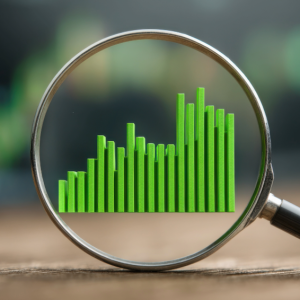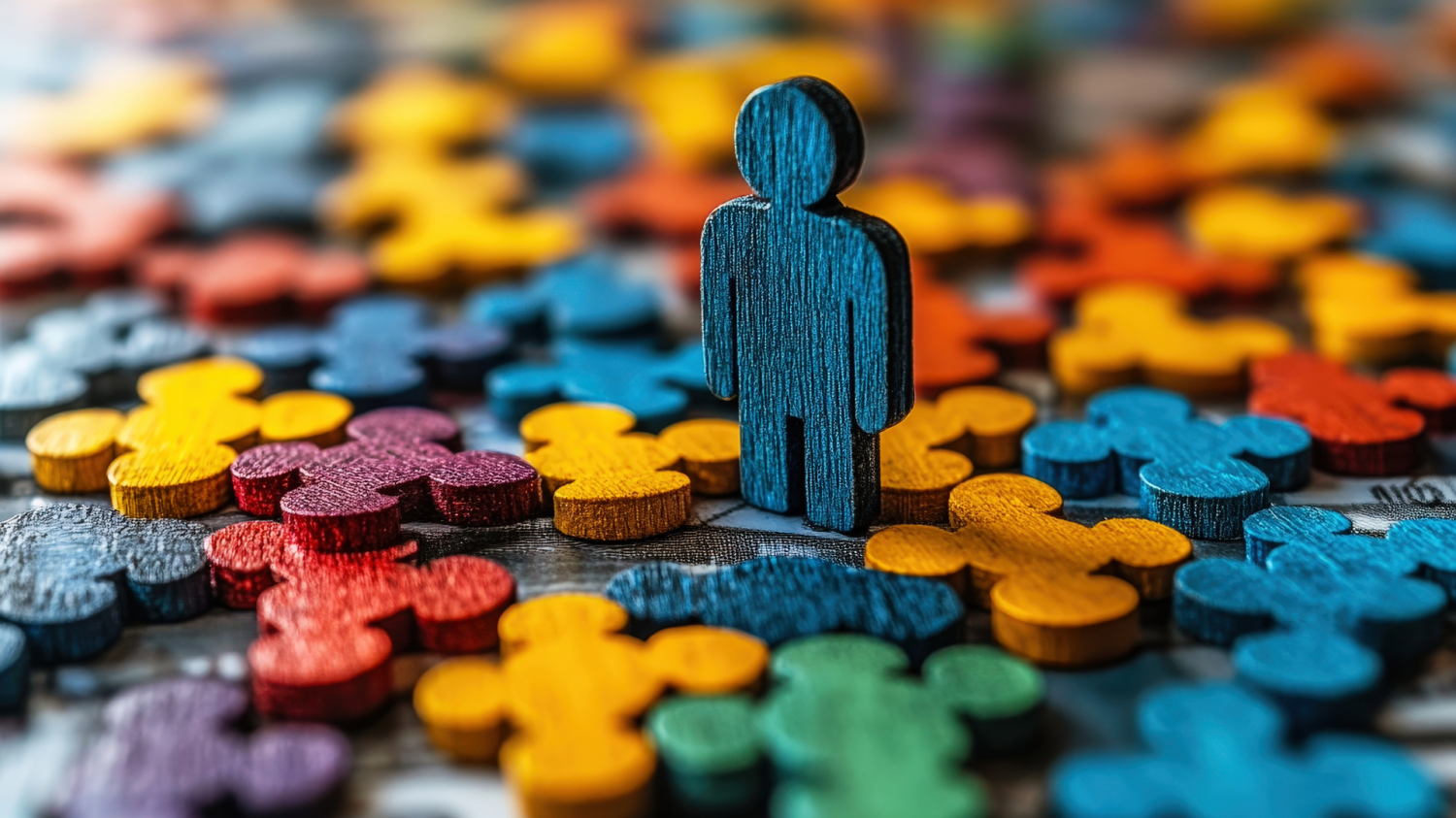In the world of collectibles, value is a concept that often feels as elusive as it is fascinating. What makes one item worth a fortune while another fades into obscurity? Is it rarity, condition, or the story behind the piece? The truth lies in a combination of factors, a blend of art and science that determines a collectible's true worth. Understanding these elements is crucial for collectors, whether you're investing for passion, profit, or both.
Let’s dive deep into the science of valuation and uncover what truly makes a collectible worthwhile.
1. Rarity: The Power of Scarcity
One of the most significant drivers of value in collectibles is rarity. The fewer items available, the higher the demand, and therefore, the higher the value. Rarity can come from various factors, such as:
- Limited production runs: Items produced in small quantities are inherently scarce.
- Natural attrition: Fragile collectibles or those with a high likelihood of being discarded become rarer over time.
- Unique attributes: A misprinted stamp or a one-of-a-kind autographed baseball card often commands a premium price.
Collectors cherish the feeling of owning something truly special, making rarity a cornerstone of valuation.
2. Condition: The Key to Preservation
The condition of a collectible can dramatically impact its worth. Even rare items can lose significant value if they are in poor shape. Collectors assess condition using specific criteria:
- Mint condition: Items in flawless, as-new state are the gold standard.
- Grading systems: For items like coins, comics, or trading cards, professional grading services evaluate condition and assign a score.
- Restoration efforts: While restoration can enhance aesthetic appeal, it may reduce value if it affects authenticity.
Preserving collectibles with proper care is essential to maintaining their value.
3. Provenance: The Story Matters
A collectible’s history can elevate its status significantly. Provenance refers to the documented history of an item, including:
- Notable ownership: Items once owned by celebrities or historical figures carry added prestige.
- Historical significance: Artifacts tied to key events or eras often have intrinsic value.
- Authenticity certificates: Provenance helps verify that an item is genuine, ensuring confidence for buyers and sellers.
Every collectible has a story, and a well-documented one can add immeasurable value.
4. Popularity: The Influence of Trends
The market for collectibles is dynamic, with trends playing a huge role in valuation. Some factors that drive popularity include:
- Cultural relevance: Collectibles tied to popular franchises, like Star Wars or Pokémon, often soar in value.
- Generational interest: Items that evoke nostalgia for a specific age group gain traction as that demographic gains purchasing power.
- Media exposure: A feature in a movie or viral story can suddenly make an overlooked item a hot commodity.
Understanding trends is key to making informed decisions about buying and selling collectibles.
5. Authenticity: Trust is Everything
Authenticity is non-negotiable when it comes to valuation. Counterfeits can tarnish the market and destroy trust. Ensuring authenticity involves:
- Expert verification: Trusted authorities can authenticate high-value items.
- Holograms or watermarks: Modern collectibles often include these to confirm legitimacy.
- Detailed documentation: A clear chain of custody adds credibility.
Without authenticity, even the rarest or most popular item holds little value.
6. Market Dynamics: Supply Meets Demand
The forces of supply and demand ultimately dictate a collectible’s market value. For example:
- High demand and low supply: Creates bidding wars, driving up prices.
- Market saturation: An oversupply of similar items can lower value.
- Economic factors: During economic booms, collectors may spend more freely, increasing prices.
The market is always shifting, making timing a crucial aspect of valuation.
7. Emotional Value: The X-Factor
While measurable factors like rarity and condition are essential, emotional value can also play a role. Collectors often pay a premium for items that:
- Spark nostalgia: A childhood toy or comic book may hold deep personal significance.
- Represent identity: Collectibles tied to hobbies, fandoms, or cultural heritage resonate on a personal level.
- Create connections: Trading or showcasing collectibles often forges bonds with like-minded enthusiasts.
Though emotional value is subjective, it often influences the market in surprising ways.
Collectiblepedia: Your Guide to Understanding Value
Navigating the science of valuation can be overwhelming, but that’s where Collectiblepedia comes in. Our platform is designed to help collectors unlock the mysteries of what makes a collectible worthwhile.
At Collectiblepedia, you can:
- Discover in-depth insights: Learn about rarity, condition, provenance, and trends with expertly curated content.
- Explore new entries daily: Stay updated with fresh content on the collectibles you love.
- Join a vibrant community: Connect with enthusiasts, share your knowledge, and gain insights into the world of collectibles.
- Access valuable tools: Use resources to appraise, showcase, and preserve your collection.
Whether you’re a seasoned collector or just starting out, Collectiblepedia is your trusted companion in the journey of understanding and maximizing the value of your collectibles.
🔗 Visit Collectiblepedia today and let’s uncover the true worth of your treasures!
Because every collectible has a story, and we’re here to help you tell it. 🌟







